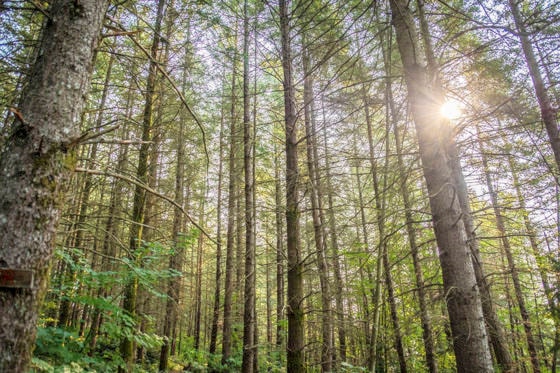By Jim Hilton
I was very interested in the recent announcement about the wood gasification plant being proposed in Williams Lake and did some research on what else may be going on in Canada and B.C. in addition to what is being done in Sweden. According to a Bioenergy Journal article a recent groundbreaking ceremony was held to announce Sweden’s first biofuels pyrolysis plant. The plan is to use sawmill residual products to produce biofuels to replace five million m3 of imported fuel by 2030 which will be 85 per cent of their present day needs.
Using wood material as a fuel source is not new for Sweden as they are noted for using wood fuel during the Second World War due to fossil fuel shortages. The technology was much cruder but it provided most of their energy during the war crisis. Some of the largest wood biomass plants in the Scandinavian countries are government owned which means the public resources are going towards self sufficiency of energy needs.
Read More: Interior city working on forest diversity
There is also some bioenergy work being done in Canada. According to an 2017 article in the ENERGY Journal. ENERGIR a company operating in Quebec and Vermont is collaborating with a company in B.C. Last year, the Natural Gas Technologies Centre (NGTC), in partnership with the British Columbia company G4 Insights, tested a new process called pyrocatalytic hydrogenation (PCH). “The process includes four steps. First, the biomass is ground into fine particles; then, it is quickly heated to 500C to create pyrolysis gas; the gas is then converted into methane using a catalyst; finally, the methane is purified to attain the required qualities.”
The trials concluded that the PCH process is technologically viable. The next step is to develop a pilot plant to test the PCH process under real conditions and assess its replaceable natural gas (RNG) production potential.
Wood pyrolysis is an intricate process that is still not completely understood and research is ongoing. The products depend upon temperature, pressure, residence time (amount of time wood is exposed to heat) and heat losses. Up to the temperature of 200C only water is driven off. Between 200C and 280C carbon dioxide, acetic acid and more water are given off. The real pyrolysis, which takes place between 280C and 500C, produces large quantities of tar and gases containing carbon dioxide. Light tars, some methyl alcohol may also be formed. Between 500C and 700C the gas production is small and contains hydrogen.
The most efficient systems utilize as many products as possible. For example combined heat and power (CHP), is approximately 75-80 percent efficient, while generation of electricity is only 20-25 percent efficient with a lot of energy given off as steam in many older systems.
Read More: Are the tarsands a blessing or a curse?
There is lots of research being done trying to develop systems which have the flexibility to produce a variety of end products depending on what feedstocks and processes are being used. Many materials which we were once considered a liability that cost a lot of money to dispose of are now being competed for. Producing wood gas in a variety of forms using the latest technologies is a good way to produce products that can be easily used on site or moved for export with existing infrastructures. Some government assistance may be necessary to use smaller systems for residual materials in more remote areas.
Jim Hilton is a professional agrologist and forester who has lived and worked in the Cariboo Chilcotin for the past 40 years. Now retired, Hilton still volunteers his skills with local community forests organizations.
Do you have a comment about this story? email:
editor@wltribune.com
Like us on Facebook and follow us on Twitter.
